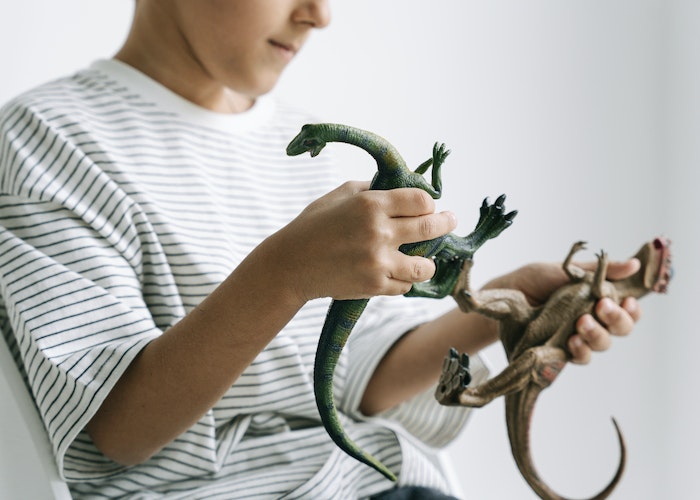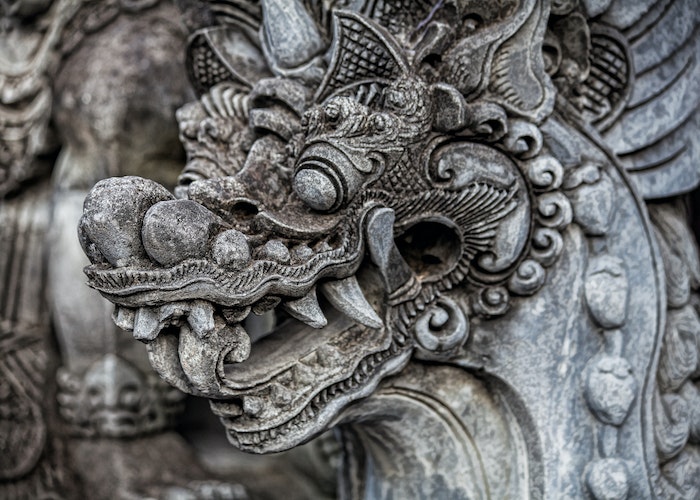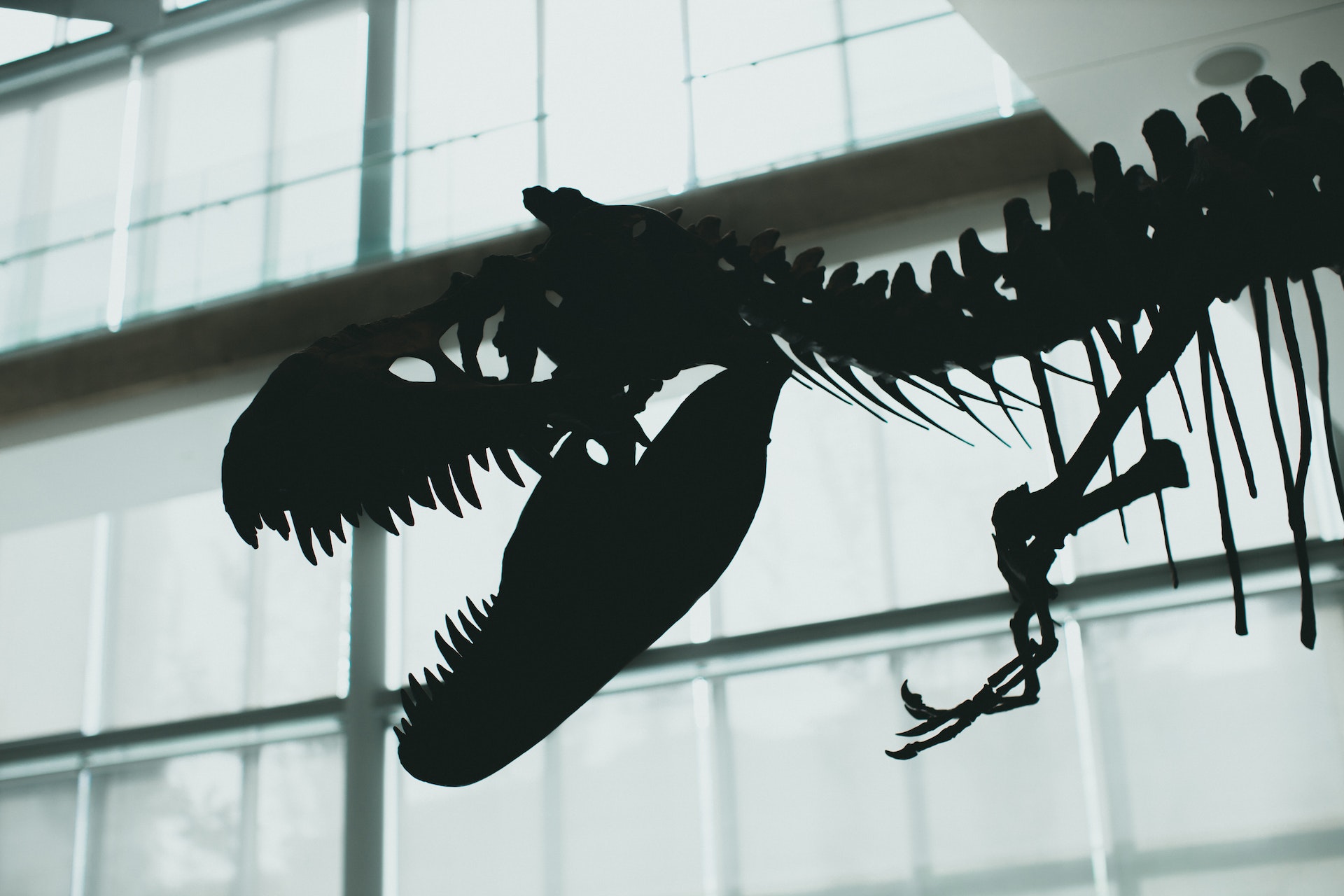Throughout history, the enigmatic and majestic bearded dragon has captured the imagination of humans, becoming an integral part of mythology and folklore in various cultures around the world. In this article, we will embark on a journey through the rich tapestry of bearded dragons in mythology and folklore, exploring their cultural significance, roles, and the fascinating stories that have been woven around them. With their unique appearance and intriguing behaviors, these reptiles have been assigned symbolic meanings, featured in ancient tales, and even revered as mythical creatures.
A cultural history of bearded dragons

1. Bearded Dragons in Ancient Mythologies
a. Ancient Egypt: In ancient Egyptian mythology, the bearded dragon was associated with the god Sobek, the deity of fertility and protection. Sobek was often depicted with the head of a crocodile or a bearded dragon, representing his powers of creation and guardianship.
b. Aboriginal Dreamtime: In Aboriginal Australian Dreamtime stories, the bearded dragon, known as the “Ungud,” is regarded as a sacred creature and a creator of the land. It is believed to possess powerful spiritual qualities and is associated with the creation of natural landmarks and waterholes.
c. Chinese Mythology: Bearded dragons hold a significant place in Chinese mythology. They are seen as auspicious creatures associated with wealth, power, and good fortune. In Chinese folklore, they are often depicted as guardians and protectors.
2. Bearded Dragons as Mythical Creatures
a. European Folklore: Bearded dragons have been referenced in European folklore, particularly in tales of dragons and mythical creatures. They are sometimes portrayed as wise and benevolent beings with the ability to grant wishes or bestow blessings.
b. Native American Legends: In Native American folklore, bearded dragons are depicted as powerful and wise beings. They are associated with the elements, serving as messengers between humans and the natural world. Their presence in legends signifies their role as guardians and bringers of harmony.
3. Symbolism and Cultural Significance
a. Wisdom and Knowledge: Bearded dragons are often associated with wisdom and knowledge in many mythological and folklore traditions. Their calm and observant nature, along with their distinctive beards, have led to their portrayal as creatures possessing deep wisdom and spiritual insight.
b. Guardianship and Protection: Bearded dragons are frequently revered as guardians and protectors in various cultural beliefs. They are seen as defenders against evil spirits, bringing safety and security to individuals and communities.
c. Transformation and Renewal: In some mythologies, bearded dragons symbolize transformation and renewal. Their ability to shed their skin and adapt to their environment is interpreted as a representation of personal growth, change, and rebirth.
4. Modern Interpretations and Cultural Influence
Bearded dragons continue to capture the imagination in modern times, inspiring artists, writers, and creators. Their presence can be seen in contemporary literature, fantasy novels, and even in popular culture, such as movies, video games, and artwork. The fascination with bearded dragons in mythology and folklore persists, bridging the gap between ancient traditions and modern interpretations.
5. Bearded Dragons in Australian Aboriginal Mythology

Bearded dragons are native to Australia and have played a significant role in the mythology of Australian Aboriginal cultures. The lizard is known as “thuwarr” in the Kija language of the Kimberley region in Western Australia.
In Aboriginal mythology, the bearded dragon is often associated with creation stories and is believed to have the power to control the elements. They are also seen as protectors and guardians, with their presence thought to bring good luck and ward off evil spirits.
6. Bearded Dragons in Chinese Mythology
Bearded dragons are also an important symbol in Chinese mythology. They are believed to be the reincarnation of the dragon and are associated with good fortune and prosperity. They are often depicted in Chinese art and culture as a symbol of power, luck, and wealth.
In Chinese mythology, the bearded dragon is also believed to have the ability to control the weather and is often depicted in association with water and rain.
7. Bearded Dragons in Modern Folklore
Bearded dragons have also made their way into modern folklore, particularly in Western cultures. In some parts of the world, bearded dragons are seen as good luck symbols, while in others, they are believed to be evil omens.
In popular culture, bearded dragons have been featured in various books, movies, and TV shows, often portrayed as intelligent and affectionate pets. They have become popular pets in their own right, with thousands of households around the world keeping them as beloved companions.
Conclusion
Bearded dragons have left an indelible mark on mythology and folklore, transcending cultures and generations. From ancient Egyptian beliefs to Aboriginal Dreamtime stories, Chinese mythology, European folklore, and Native American legends, these magnificent reptiles have been celebrated as symbols of wisdom, guardianship, and transformation. Their unique characteristics and captivating presence continue to inspire awe and intrigue, both in ancient tales and contemporary interpretations. By exploring the cultural history of bearded dragons in mythology and folklore, we gain a deeper appreciation for the enduring influence these creatures have had on human imagination and our understanding of the natural world.
